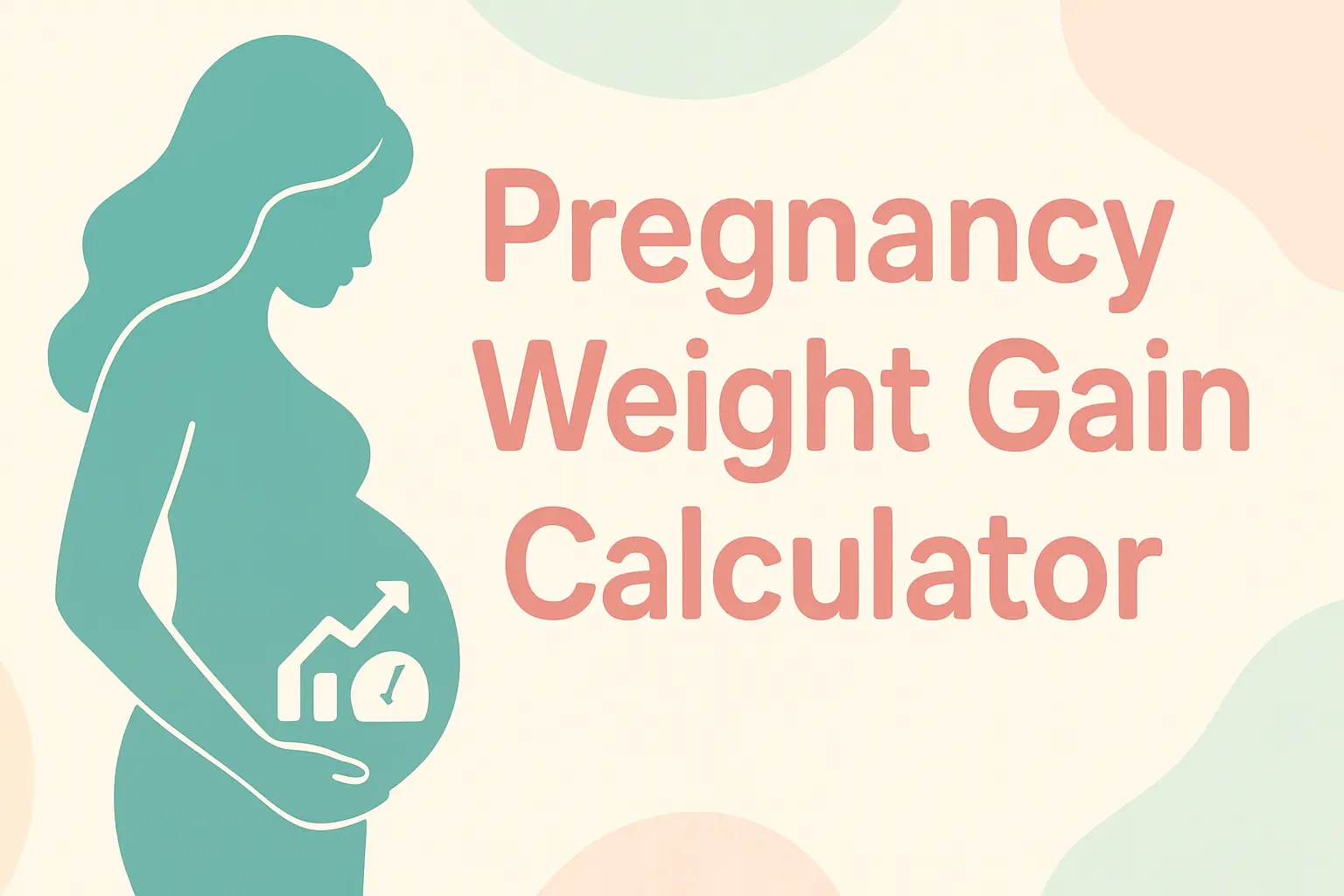Ideal Weight Calculator
Calculate your ideal body weight using multiple scientific formulas and get personalized recommendations for optimal health
Calculate Your Ideal Weight
Your Results
Formula Comparison Chart
Understanding Ideal Body Weight
Comprehensive guide to calculating and interpreting your ideal weight
What is Ideal Body Weight?
Ideal body weight (IBW) represents the optimal weight range for an individual based on their height, gender, and body frame. Unlike BMI, which only considers height and weight, IBW calculations incorporate various factors to provide a more personalized assessment. Understanding your ideal weight helps in setting realistic health goals and maintaining optimal wellness.
Why Multiple Formulas?
Different formulas were developed by various researchers and medical professionals, each with unique approaches to calculating ideal weight. Using multiple formulas provides a more comprehensive view of your ideal weight range, as individual body compositions vary significantly. This multi-formula approach helps account for genetic, ethnic, and physiological differences.
Scientific Formulas Explained
Devine Formula (1974)
Men: 50 kg + 2.3 kg × (height in inches - 60)
Women: 45.5 kg + 2.3 kg × (height in inches - 60)
The most widely used formula in clinical settings, developed by Dr. Ben Devine for drug dosage calculations. It's simple, reliable, and forms the basis for many medical calculations worldwide.
Robinson Formula (1983)
Men: 52 kg + 1.9 kg × (height in inches - 60)
Women: 49 kg + 1.7 kg × (height in inches - 60)
A modification of the Devine formula, developed to provide more accurate results for pharmaceutical calculations. Often produces slightly different results, particularly for taller individuals.
Miller Formula (1983)
Men: 56.2 kg + 1.41 kg × (height in inches - 60)
Women: 53.1 kg + 1.36 kg × (height in inches - 60)
Based on extensive population studies, this formula often yields results closer to modern body composition standards and accounts for contemporary physique changes.
Hamwi Formula (1964)
Men: 48 kg + 2.7 kg × (height in inches - 60)
Women: 45.5 kg + 2.2 kg × (height in inches - 60)
Developed for nutritional assessment, this formula is particularly useful for dietetic calculations and meal planning. It tends to provide slightly higher weights for taller individuals.
Body Frame Analysis
Small Frame
Narrow shoulders, smaller bone structure. Ideal weight typically 10% below standard calculations.
Medium Frame
Average bone structure and proportions. Standard formula calculations apply directly.
Large Frame
Broader shoulders, larger bone structure. Ideal weight typically 10% above standard calculations.
How to Determine Your Body Frame
Wrist Measurement Method:
- • Measure wrist at narrowest point
- • Small: Men <6.5", Women <6.25"
- • Medium: Men 6.5-7.5", Women 6.25-6.5"
- • Large: Men >7.5", Women >6.5"
Elbow Breadth Method:
- • Extend arm, bend elbow 90 degrees
- • Measure between elbow bones
- • Compare to standard tables
- • More accurate for frame assessment
Understanding Healthy Weight Ranges
| Height | Small Frame | Medium Frame | Large Frame | BMI Range |
|---|---|---|---|---|
| 5'0" (152cm) | 95-102 lbs | 105-115 lbs | 112-125 lbs | 18.5-24.9 |
| 5'3" (160cm) | 105-115 lbs | 115-125 lbs | 125-140 lbs | 18.5-24.9 |
| 5'6" (168cm) | 115-125 lbs | 125-140 lbs | 135-155 lbs | 18.5-24.9 |
| 5'9" (175cm) | 125-140 lbs | 140-155 lbs | 150-170 lbs | 18.5-24.9 |
| 6'0" (183cm) | 140-155 lbs | 155-175 lbs | 165-190 lbs | 18.5-24.9 |
Note: These ranges are general guidelines. Individual factors such as muscle mass, bone density, and overall health should be considered. Consult healthcare professionals for personalized advice.
Factors Affecting Ideal Weight
Genetic Factors
- Bone density and structure inherited from parents
- Metabolic rate and fat distribution patterns
- Muscle fiber composition and growth potential
- Hormonal influences on weight regulation
Lifestyle Factors
- Regular exercise and physical activity levels
- Dietary habits and nutritional intake
- Sleep quality and stress management
- Occupational and recreational activities
Health Considerations
- Chronic medical conditions and medications
- Hormonal imbalances and endocrine disorders
- Previous injuries or physical limitations
- Age-related changes in metabolism
Environmental Factors
- Cultural and ethnic background influences
- Socioeconomic factors affecting nutrition
- Geographic location and climate effects
- Access to healthcare and fitness facilities
Tips for Achieving and Maintaining Ideal Weight
Nutrition Strategy
- • Focus on whole, unprocessed foods
- • Maintain balanced macronutrient ratios
- • Practice portion control and mindful eating
- • Stay hydrated with adequate water intake
- • Plan and prepare meals in advance
Exercise Program
- • Combine cardiovascular and strength training
- • Aim for 150 minutes of moderate activity weekly
- • Include flexibility and mobility work
- • Progress gradually to avoid injury
- • Find activities you genuinely enjoy
Lifestyle Habits
- • Prioritize quality sleep (7-9 hours)
- • Manage stress through healthy coping strategies
- • Monitor progress with regular check-ins
- • Build a supportive social environment
- • Celebrate small victories and milestones
Frequently Asked Questions
How accurate are ideal weight calculations?
Ideal weight calculations provide general guidelines based on population averages. They're most accurate for individuals with average body composition. Athletes with high muscle mass or individuals with unique body compositions may find these calculations less applicable. It's best to use them as starting points and consult healthcare professionals for personalized assessments.
Should I aim for the exact calculated weight?
The calculated ideal weight should be viewed as a target range rather than an exact number. A healthy weight range typically spans 10-15 pounds around the calculated value. Focus on overall health markers like energy levels, fitness capacity, and how you feel rather than just the scale number.
Do these formulas work for all ages?
These formulas were primarily developed for adults and may not be appropriate for children, adolescents, or elderly individuals. Age-related changes in body composition, bone density, and metabolism can affect ideal weight calculations. Pediatric and geriatric populations require specialized assessment tools.
How often should I recalculate my ideal weight?
Since height and body frame don't change significantly in adults, you typically don't need to recalculate your ideal weight frequently. However, significant life changes like pregnancy, major illness, or substantial changes in activity level might warrant reassessment. Annual reviews during health check-ups are generally sufficient.
What if different formulas give very different results?
It's normal for different formulas to produce varying results, typically within 5-10 pounds of each other. This variation reflects the different approaches and populations used to develop each formula. Consider the range of all calculations rather than focusing on one specific result, and use this information alongside other health indicators for a comprehensive view of your optimal weight.












